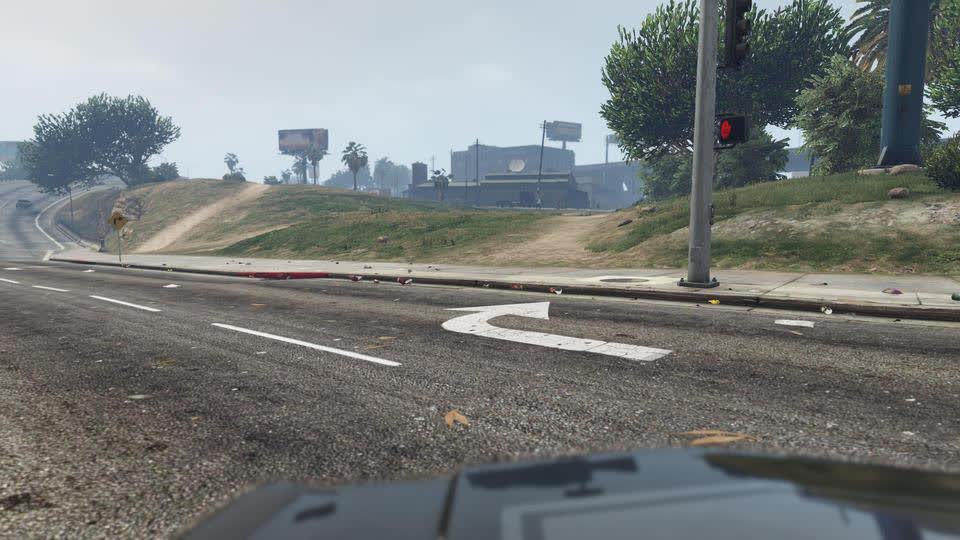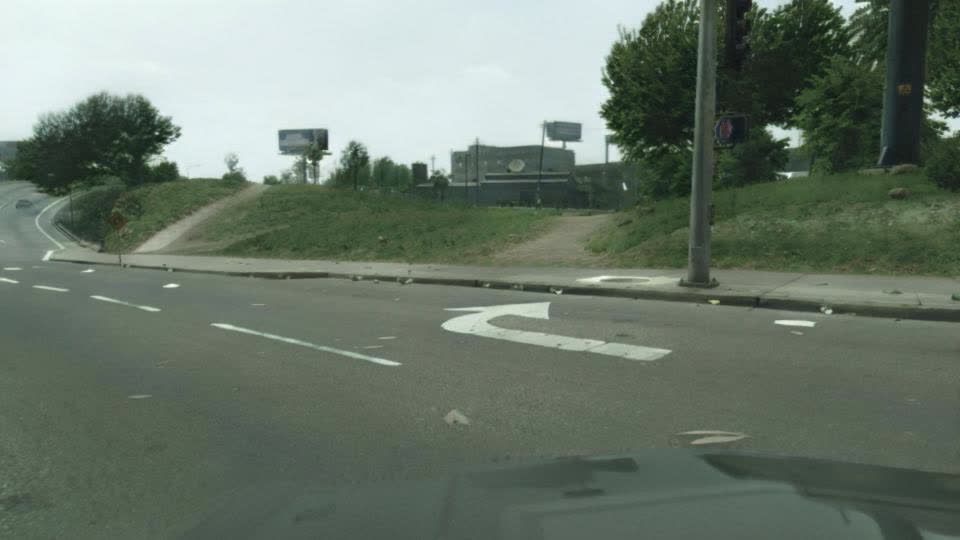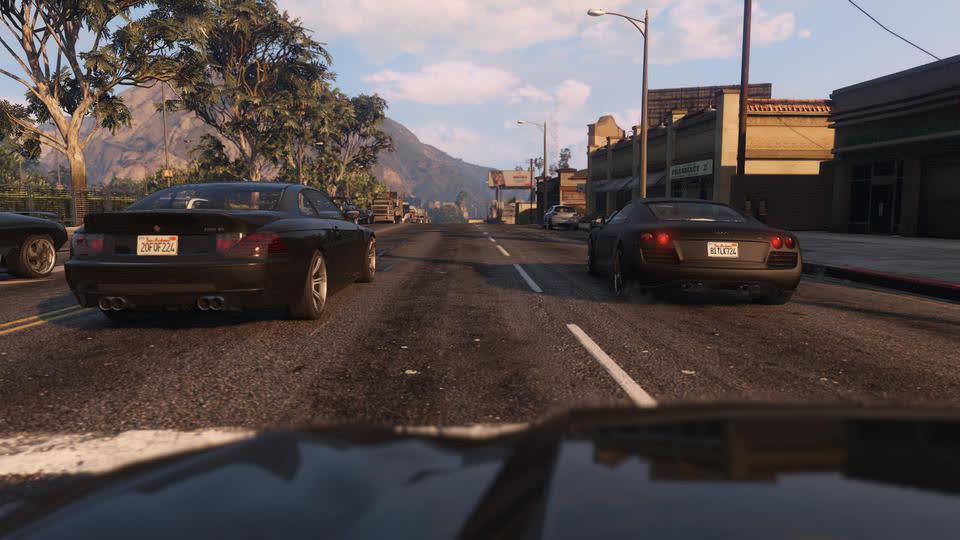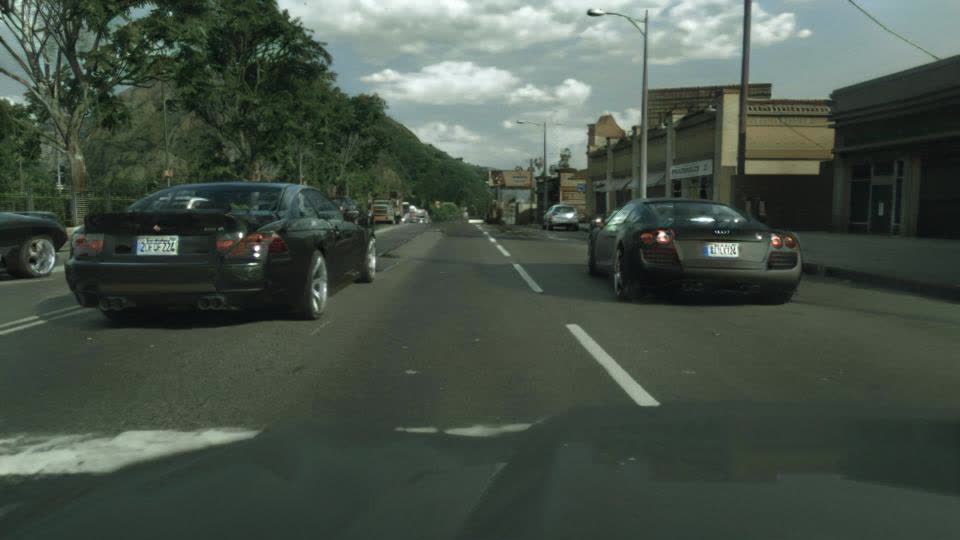Editor’s take: Photorealistic graphics once felt like the be-all and end-all of video game development. As technology advanced over time, devs were able to bring stunning imagery to life. Yet, something strange happened. Graphics starting looking too good – colors were exaggerated and the lighting was too perfect. Everything looked great, mind you, but it still didn’t look real. There was unnaturalness to it all, and after seeing the latest work from researchers at Intel Labs, I’ve come to realize that devs likely avoided the realness of the real world on purpose.
The researchers’ work centers on enhancing the realism of synthetic images – in this instance, taking Grand Theft Auto V and making it look realistic.
Their approach involves taking a rendered image from the game and passing it through an image enhancement network to create an enhanced image. The method further extracts a set of rendering buffers from the game, which includes data like camera distance and glossiness, and passes it through a g-buffer encoder network. There’s also a perceptual discriminator that generates a realism score, and as you might have guessed, real-world images are also fed into the algorithm.
It goes way deeper than that (the full paper on the subject is available for those that wish to dig deeper), but the proof is in the pudding. As you can see, there’s a dramatic difference between how the game normally looks and how it looks with the photorealism enhancement.
GTA V vs. ML




Sure, it looks way more realistic, yet oddly enough, it’s too realistic… borderline creepy, even. But, maybe that’s just my opinion. What do you think? Would you want to play a version of GTA V that looks hyper realistic, or does this “enhancement” push past the boundary of entertainment?
Image credit oneinchpunch
Source link